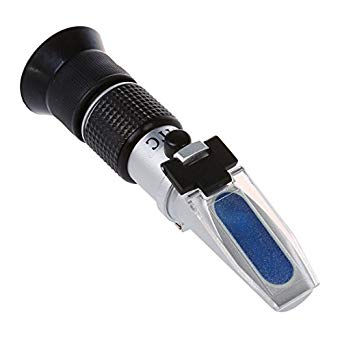
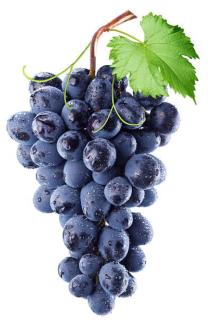
HOW TO MAKE 6 BOTTLES OF WINE FROM YOUR WINE GRAPES
THE RIPENING GRAPES
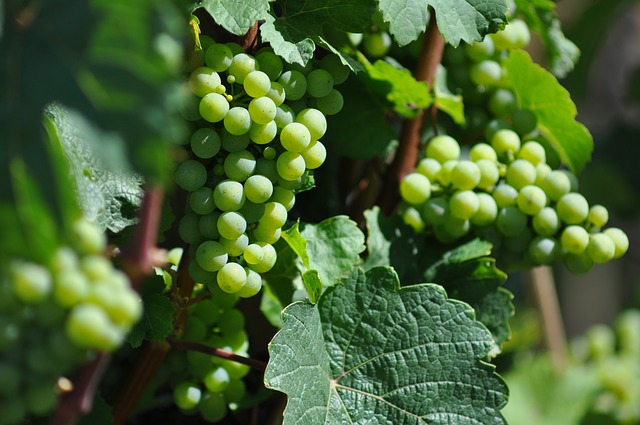
As your grapes ripen on the vine, from early September onwards you need to do a weekly check on the amount of sugar they contain. Most wine grapes grown outdoors in the south of England are ready for harvest during the period mid/late September until the end of October. While taste is a rough guide, the best method for an accurate check is to use a refractometer. Refractometers cost around 20 to 25 pounds and are well worth buying.
You simply crush a grape and spread the juice on the testing area. This will give you a Brix reading of sugar content and equivalent ABV (alcohol by volume) so you know when to pick your grapes. You should be aiming for Brix levels of around 18 degrees. Do NOT use dessert (eating) grapes for wine, as these do not contain enough acid needed to make wine. Wine without acid tastes "flabby" and neither you nor your friends will enjoy it. You can buy expensive equipment to test your grapes for acid levels, but for the amateur it's not really necessary. The cheap option I use is to buy a book of litmus test papers. These change colour when dipped into the juice and you check the colour against a colour scale. The normal pH range you should be aiming for is pH 3.2 to 3.5 for white and pH 3.4 to 3.7 for red wines.
THE HARVEST
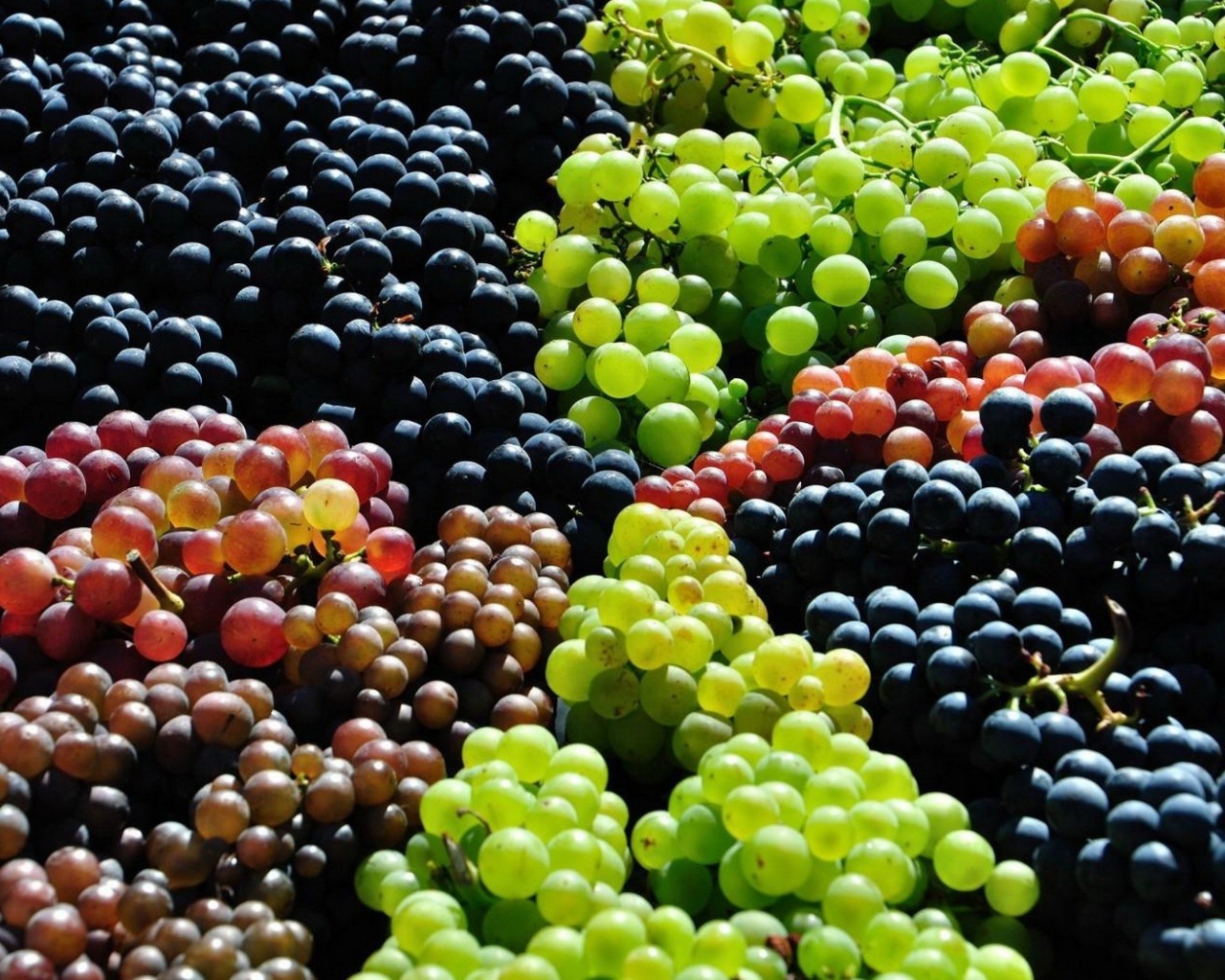
Once harvest day arrives, pick and weigh your bunches. One gallon of wine needs between 14 and 16 lbs of grapes. Strip the grapes from the bunches, discarding any mouldy/unsuitable grapes. Do not put in any grape stalks as these will taint your wine. Sterilize all your equipment and put the sound grapes minus the stalks into your plastic fermentation container. You then need to crush/mash the grapes. This is now called "the must". A plastic potato masher does the job well. If you are making white wine, you can keep the must in a suitable sterilized cloth bag which you then squeeze to extract the juice ready for the next stage. For red wine, juice, skins and pips all go in your fermentation bin and you do not need a bag. Once all grapes are crushed, get your trial jar and hydrometer and check the specific gravity of the grape juice. This will give you an accurate guide to sweetness and from this you can work out the potential alcohol in the finished wine. You should be aiming for an ideal specific gravity of 1082. A reading less than this will require sugar to be added to the juice (a process called "chaptalisation") to achieve the desired specific gravity and alcohol level.
GETTING IT READY
The next step is to sterilize the must by adding one crushed Camden Tablet and cover with a plastic sheet to exclude air (if making red/rose wine). After at least 12 hours stir the must to ensure all the gas generated by the Camden Tablet is released. Prepare your yeast starter. Dissolve a half teaspoon of sugar in 50 ml of water at 35-40degrees C. Add yeast to the sugar solution and stir for a few moments. Leave to stand for 20-25 minutes, then stir again. Add to the must and stir it in to ensure it disperses evenly throughout the must. Your wine should exhibit signs of fermentation within 24 hours.
WHITE WINE
As mentioned above, the initial fermentation period is shorter since there is no need to extract colour from the grapes. Pressed juice can therefore go into your sterilized 1 gallon demijohn and once yeast has been added, an airlock fitted to exclude air and allow fermentation gas to escape.
RED/ROSE WINE
For red and rose wine, stir the must three times a day and press down the "cap" that forms on the surface. Red wine needs three to five days or maybe longer to extract the colour from the grapes. Many UK grown black grapes are likely to produce more of a rose than red colour, but you will find out from experience how yours develops in fermentation. The pink/red coloured must now needs to be pressed, straining out the solids in a sterilized cloth bag, and the juice added to a sterilized 1 gallon jar for the next stage.
ALL WINES

Together with a demijohn you need a rubber bung with an airlock in the centre hole containing sterilizing solution to keep the air and fruit flies from spoiling your wine. Do not fill your demijohn to the top! You need to allow headspace for the frothy fermentation process that takes place in the first few days. Three quarters full is plenty. I also recommend placing a newspaper under the demijohn just in case! When fermentation has slowed down, you can top up nearer the neck of the demijohn.
WHITE WINE
Fermentation usually lasts 7 to 15 days. The temperature range for fermentation with general purpose yeasts should be roughly in the range 18 to 23 degrees C , unless otherwise specified.
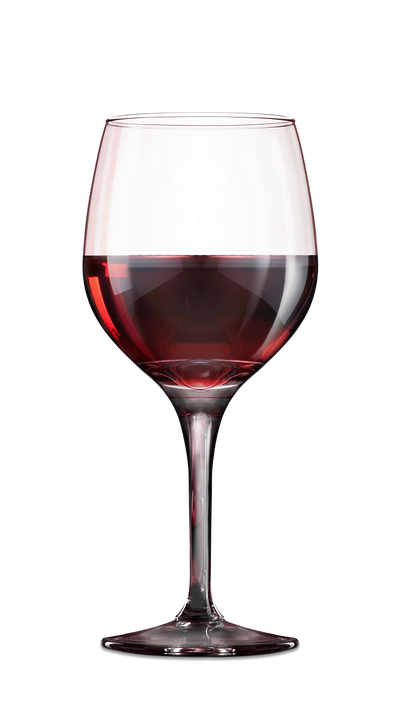 RED WINE
RED WINE
Fermentation can last from 2 to 3 weeks and the normal temperature range is 20 to 25 degrees C, unless otherwise specified.
RACKING
Racking is the process of siphoning the wine from the "lees" - the dead yeast cells at the bottom of the demijohn - after fermentation is complete. Again your equipment needs to be sterilized thoroughly using a crushed Camden Tablet in a gallon of water. Siphon your wine from your demijohn into another which you have sterilized, while avoiding stirring up the dead yeast cells as you do so. Add one half of a crushed Camden Tablet to the racked wine. Top up demijohn 2 with cool boiled water and leave for a week or two. Rack again to remove further sediment.
BOTTLING
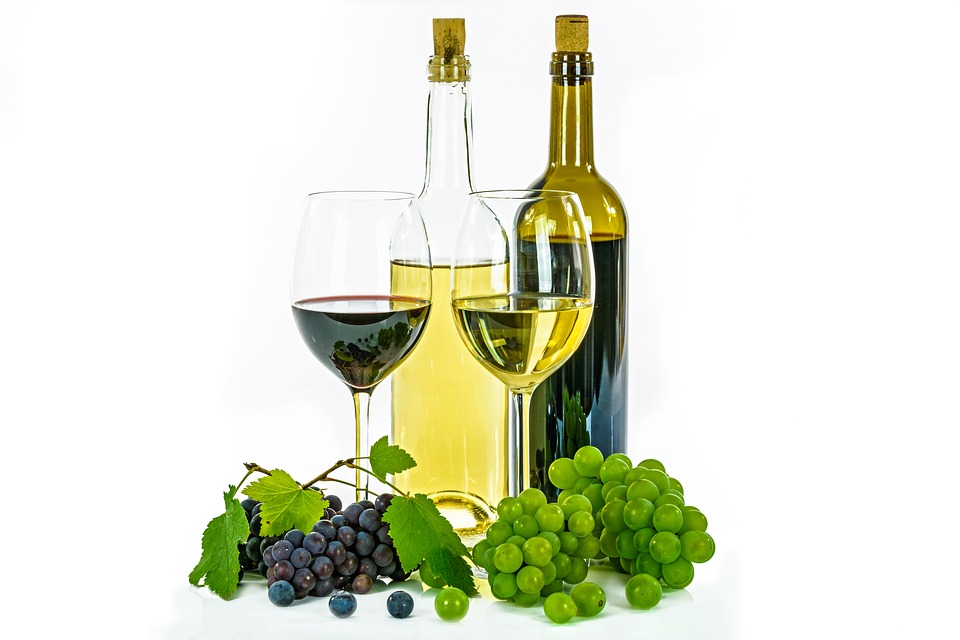
When your wine has cleared check the specific gravity. If it has finished fermenting the specific gravity should be in the range between 0.992 and 0.996. It is now ready to be bottled.
Check out our Twitter feed:
Follow @grapevinesuk
This website © www.grapevines.org.uk 2017-2019